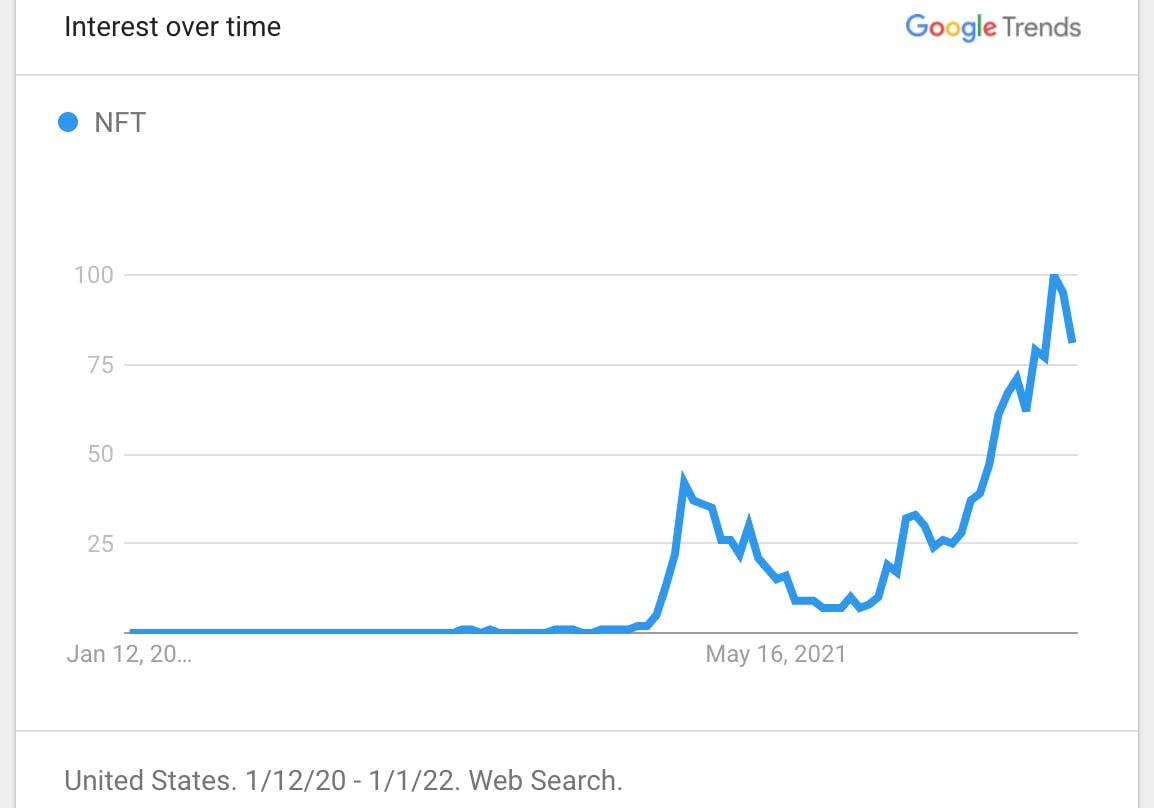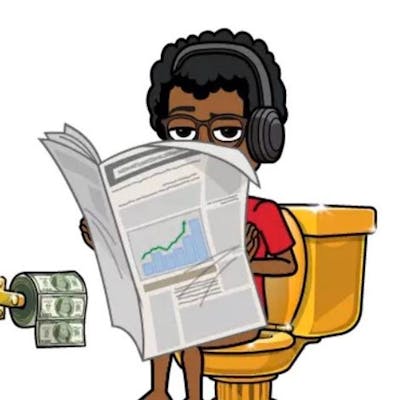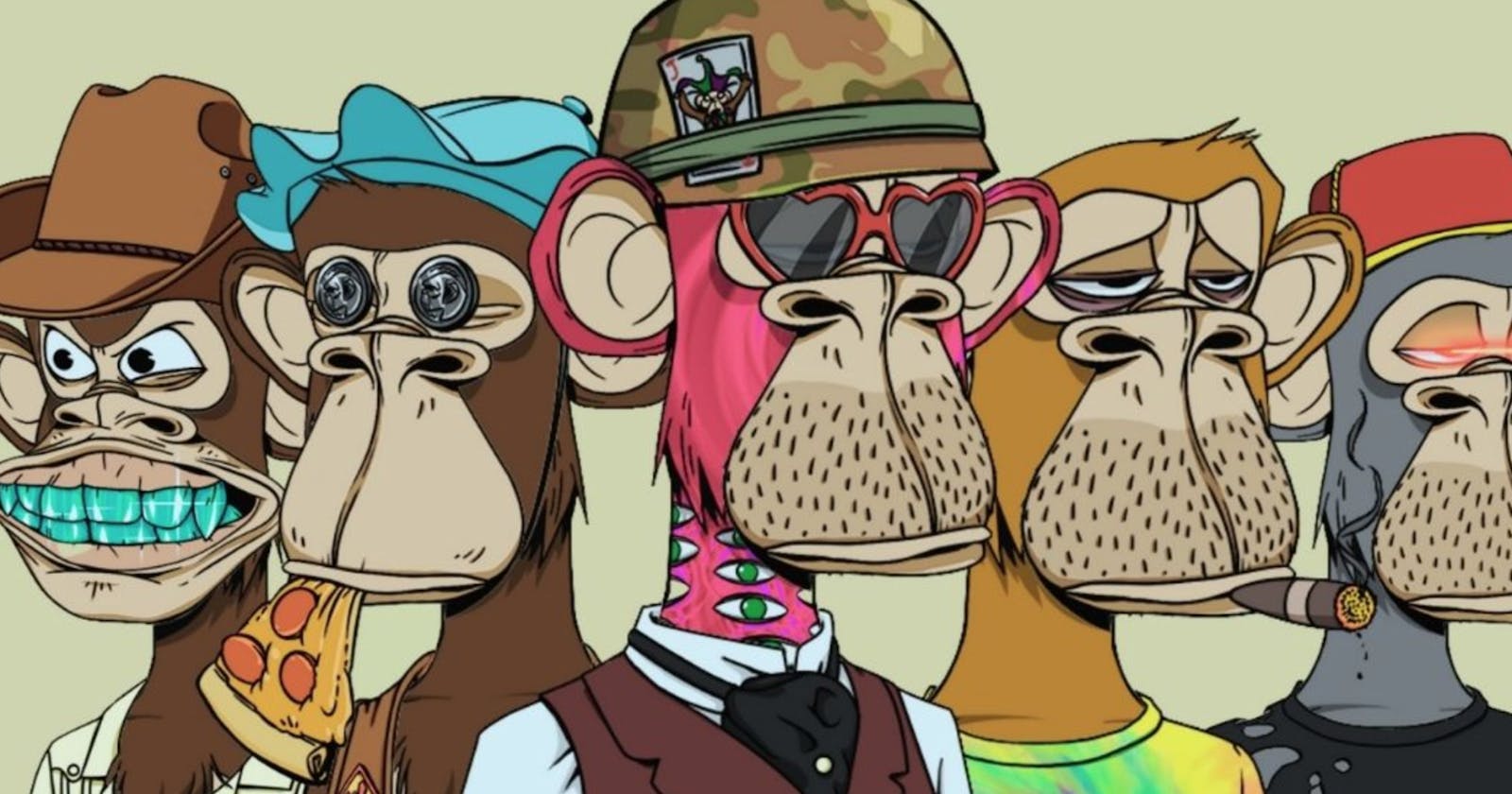On NFT utility: towards a more valuable ecosystem
The right-clicking army cannot right-click everything! We discuss NFTs, digital art, and how we can add utility to create more valuable tokens.
NFTs are unique tokens stored on a Blockchain. Their basic implementation leverages Smart Contracts to store a unique ID and associated metadata. Then, any owner of a unique ID can freely transfer or sell them to another individual. Each NFT is different because their unique IDs are different: they are non-fungible.
Thanks to these properties, some call them "digital goods" or "physical objects on a blockchain". The concept and its ramifications are fascinating, but how useful are they?
Digital Art extravaganza

In 2021, Digital Art NFTs finally got mainstream. Here is how they work:
- Create a piece of digital art (a .png image, for instance)
- Upload the image somewhere and save the URL
- Mint an NFT. The process generates a new unique ID and inserts the URL into the NFT metadata fields
- Finally, list the NFT on a marketplace platform and sell it to a collector
In most cases, the image data itself is not stored on the blockchain: only a link to the image is present in the NFT metadata.
Effectively, NFTs are just a certificate of ownership: they just prove that you own (and usually paid for) the original digital art.
You wouldn't right-click an NFT
Here comes another collector: they are not interested in ownership certificates but only in PNG images. Instead, they can directly read the blockchain and look for URLs in NFT metadata. Or even simpler: browse OpenSea, right-click and save the image of your expensive one gazillion-dollar NFT. Sounds extremely illegal? Call the police immediately.
Suddenly, non-fungible tokens do not sound non-fungible anymore! You bought an expensive piece of fungible art. Buyers' remorse ensues.
It is a scam, after all.

Let's be reasonable about this: while the token is non-fungible, the actual art is easily copyable. Everybody knows this. Owning an NFT is not precisely like holding an actual Mona Lisa Ann painting. So while NFTs have some properties of real-world objects, they are not the same. No amount of Kool-Aid will fix that problem.
Collateral damage in a world of capital

Digital Art NFTs is a fun little experiment. Some artists create content and are paid generously for it, good for them. Money is redistributed in the crypto ecosystem, somewhat like during the ICO age. It would be a non-event if those NFTs were not harmful to other artists.
Since money flows into the NFT space, scammers steal artists' art to resell it on OpenSea, tapping into that newfound liquidity and even doing it with bots.
Gross.
While it is impossible to fix this issue entirely (except if we ban NFTs, but free markets have their drawbacks!), NFT sale platforms must invest more resources to fight copyright infringement.
Unfortunately, I believe some platforms ignore the problem and get away with it, but consequences will come. Remember Youtube or SoundCloud in their infancy?
Towards more utility for more value
Okay. So NFTs are pretty useless. But people have been collecting useless things since forever. And useless things always are valuable as long as somebody is willing to pay for them. So value is not always obvious. Instead, it is often a product of marketing, a good story, and sometimes fundamental, tangible value.
Why is gold that expensive? Because it looks fantastic to our eyes, or because it stays relatively the same over time? It could be justified now by the widespread gold usage in the manufacturing industry.
The gold story brings us to the following question:
What about designing useful NFTs so that they can have intrinsic value?
The pattern:
- By proving that you own the NFT (generating a signed message with your wallet)
- You are granted special rights or benefits
- And can resell your NFT, giving up those rights.
I do not believe purely cosmetic PNG NFTs have a strong future. Real growth will be in utility NFTs.
The rest of this article is dedicated to thoughts or ideas to create useful NFTs. It is a topic I am actively researching in my current projects. If developers should do those ideas with or without blockchain is always an open question, and that is a question you should always ask yourself when presented with a concept using blockchain.
Useful NFTs: utility first
Memberships
Access to a website or service could be restricted to users owning the Membership Card NFT. First, users would use their wallet to generate a signature, prove ownership and use the service. This a web3 log in pattern. Then, of course, users can freely trade that membership when they do not want it anymore. Or could even lend it temporarily.
Tickets
Similar to above, except the service destroys the NFT when used.
Game Licenses
Each game license sold on a digital platform would be an NFT. People could resell the game licenses between each other like physical games. Want to get rid of part of your Steam collection? Put it on sale! Platform holders do not enjoy this, nor publishers. There is a reason why Steam does not allow it in a world where Steam Trading exists. The infrastructure is there, but they prefer to let people trade oldNFTs, Steam Cards.
A system like that sounds a bit outrageous. Plenty of game developers I discussed the idea with did not like it. To be acceptable, this concept must reward the community: less money for the platform holder and more money for the community. Hopefully, better financially wise for game developers.
There is a need to introduce more incentives for content creators. For example, game developers should receive a % of each second-hand game sale.
Revenue share
Owning an NFT gives you the right to earn revenue/dividend from an entity.
For example, designers create User Generated Content for the Metaverse, nice shoes.
The platform holder would then share revenue with the owner's wallet, proportionally to how much other people use their content. Then, distribute virtual currency in real-time using the Lightning Network, no minimum, no cap.
If your NFT generates recurrent revenue, why not sell it to somebody else for a lump sum?
End
As usual, in crypto, the possibilities are endless. So remember always to keep the ideas coming: not all of them will be worth spending time on until you find the right one!
Happy new year!

